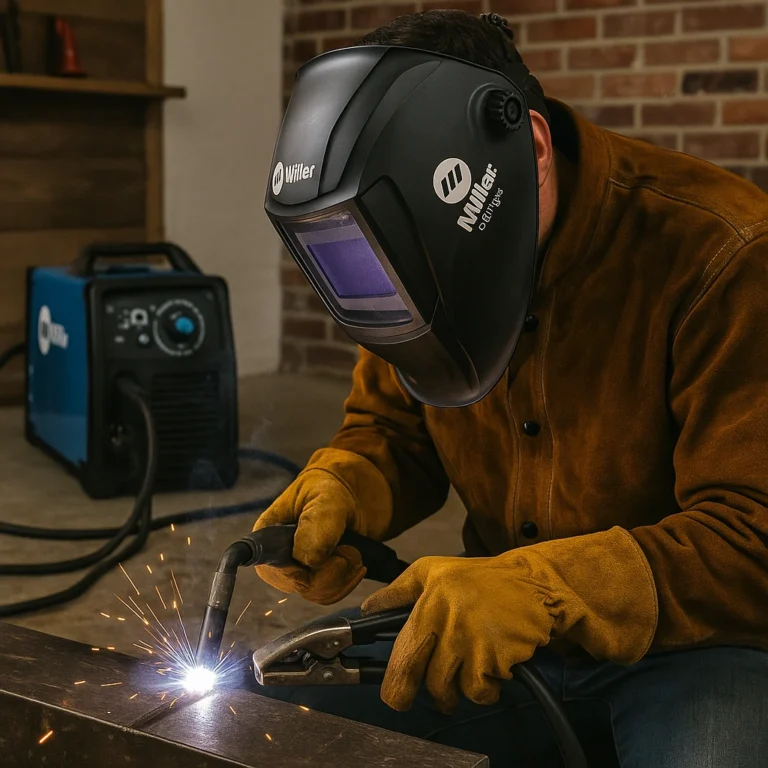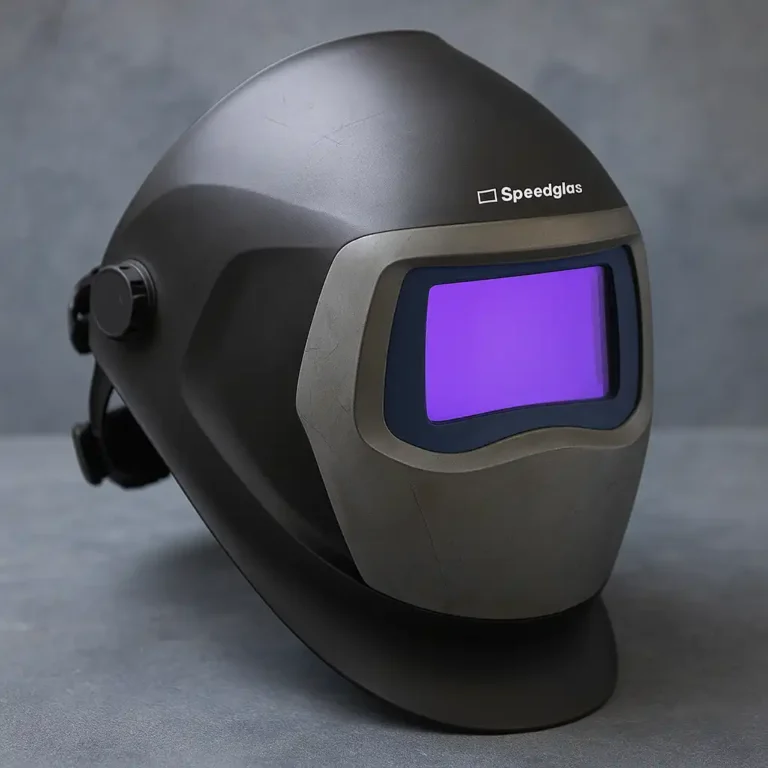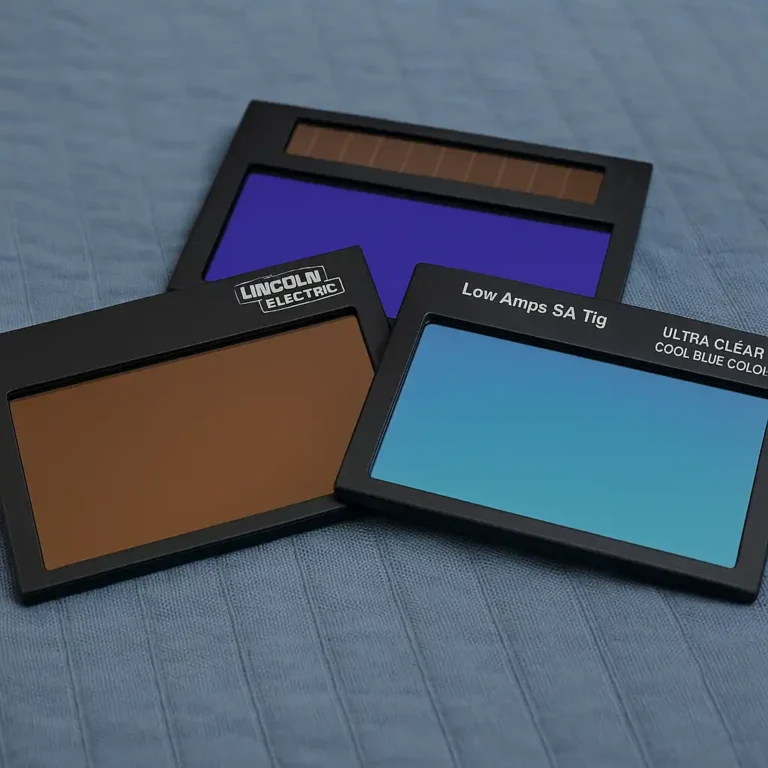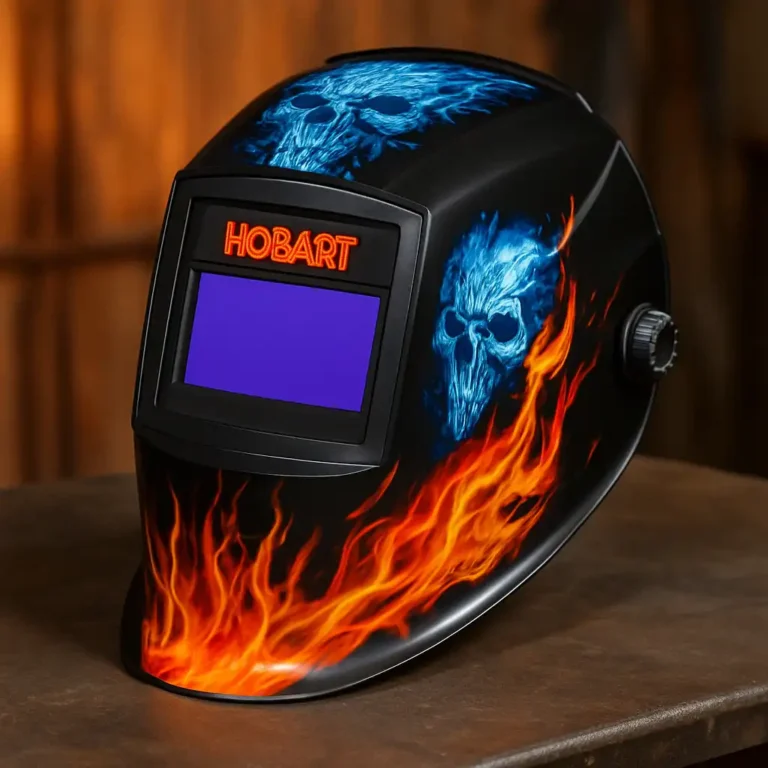Most Expensive Welding Helmets – Are They Worth It?

Disclosure: This post contains affiliate links. As an Amazon Associate, I earn from qualifying purchases—at no extra cost to you.
When it comes to welding helmets, you often get what you pay for. While budget options may cover the basics, high-end helmets offer features that can elevate your welding experience entirely. But are the most expensive welding helmets truly worth the investment? Let’s break down the top contenders and what makes them stand out.
Why Invest in a High-End Welding Helmet?
Welding requires precision, safety, and comfort. Premium helmets provide enhanced protection, improved visibility, and increased durability. Here’s why spending extra may be a smart decision:
- Better Optical Clarity: Higher-end helmets provide crystal-clear vision with minimal distortion, crucial for precision work.
- Advanced Auto-Darkening Filters (ADF): Expensive models often have faster and more accurate shading controls, reducing eye strain.
- Comfort and Fit: Premium helmets are designed for extended use with ergonomic headgear and lightweight materials.
- Additional Safety Features: Some helmets include heat-resistant coatings, impact protection, and improved ventilation.
Top Most Expensive Welding Helmets Reviewed
Optrel Panoramaxx Welding Helmet
The Optrel Panoramaxx offers a revolutionary panoramic view that significantly expands your field of vision. It features a crystal-clear ADF with true color technology, giving welders a natural, vibrant view of their work. Its auto-darkening speed is impressive, and the comfortable headgear design reduces fatigue during long welding sessions.
Key Features:
- Panoramic field of view
- True color lens for better clarity
- Lightweight design for reduced neck strain
- Enhanced UV and IR protection
3M Speedglas FlexView Welding Helmet
The 3M Speedglas FlexView combines cutting-edge technology with unmatched comfort. Its flip-up front panel provides welding and grinding options without removing the helmet, and the ProTop system improves weight distribution for all-day comfort.
Key Features:
- Auto-darkening filter with 9002X ADF technology
- Side windows for improved peripheral vision
- Ergonomic design for prolonged use
- Ideal for professional welders working in diverse environments
Lincoln Electric VIKING 3350 All American Welding Helmet
Known for its outstanding 4C lens technology, the Lincoln Electric VIKING 3350 offers superior clarity and true color view. With one of the widest viewing areas available, this helmet enhances precision for intricate welding tasks. Its adjustable headgear ensures comfort throughout the workday.
Key Features:
- 4C lens technology for enhanced visibility
- Generous 12.5 square inch viewing area
- Superior comfort with adjustable headgear
- Sleek “All-American” design for patriotic welders
What to Consider Before Buying a Premium Welding Helmet
Before investing in a high-end welding helmet, ask yourself:
- How often do I weld? Regular professionals may find top-tier features essential.
- What welding type do I perform most? Some helmets specialize in MIG, TIG, or flux-core welding.
- Do I need enhanced comfort? Long welding sessions demand lightweight materials and balanced designs.
Conclusion
Investing in an expensive welding helmet can be a game-changer for serious welders. Enhanced safety, comfort, and performance make these models worthwhile. Budget options may suffice for hobbyists or occasional welders, but if welding is your profession, premium helmets like the Optrel Panoramaxx, 3M Speedglas FlexView, or Lincoln Electric VIKING 3350 offer unbeatable benefits.






